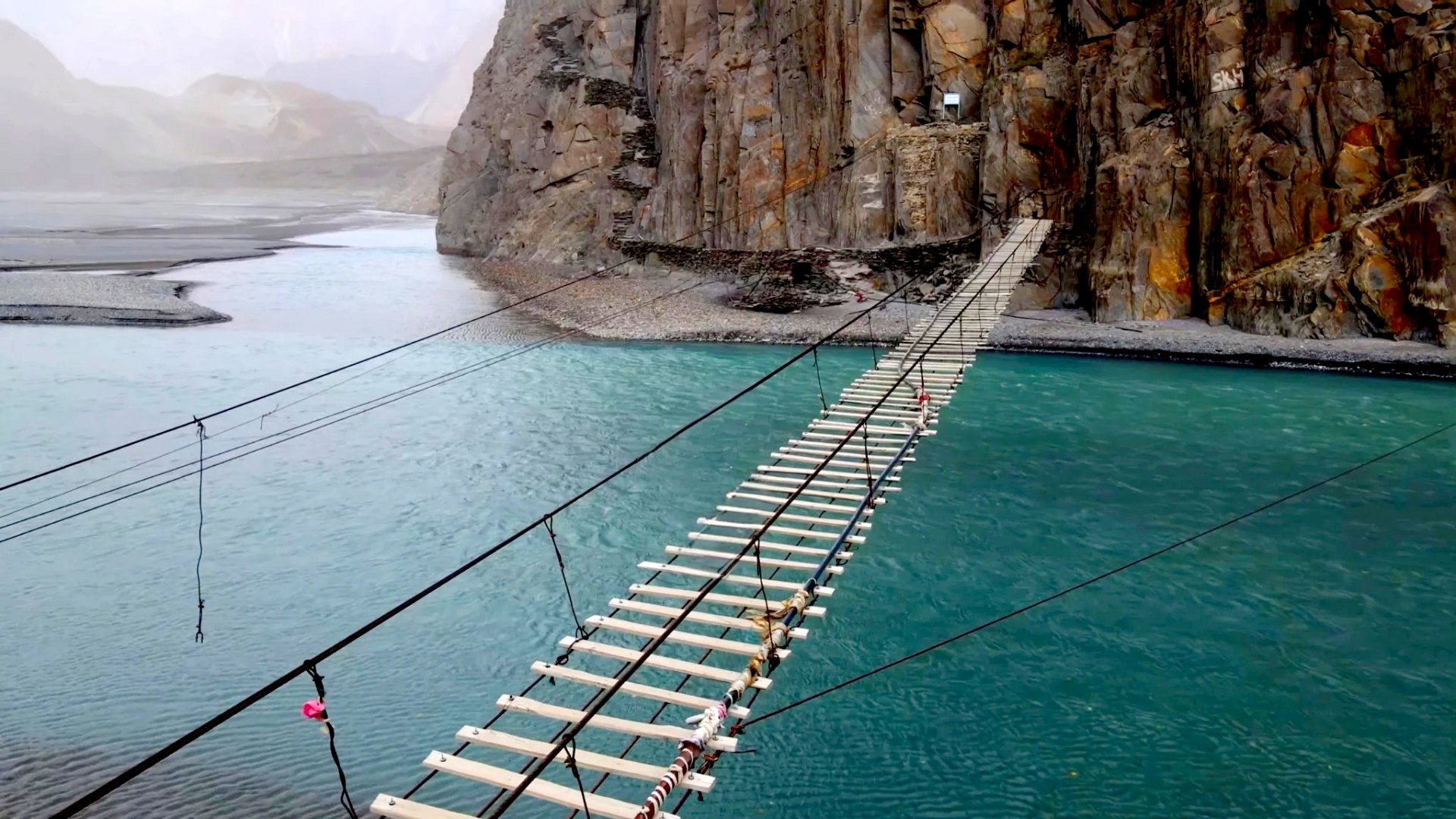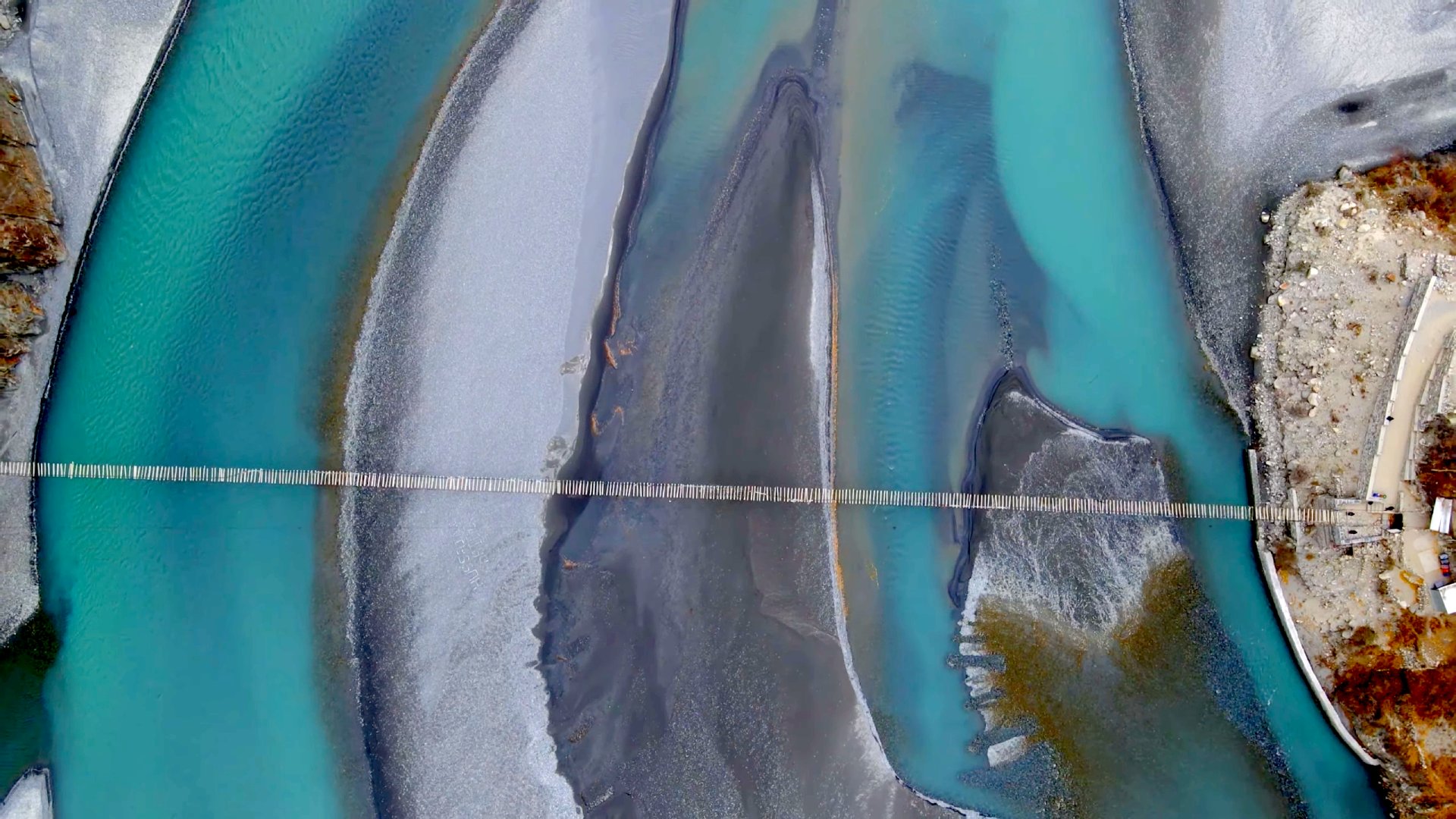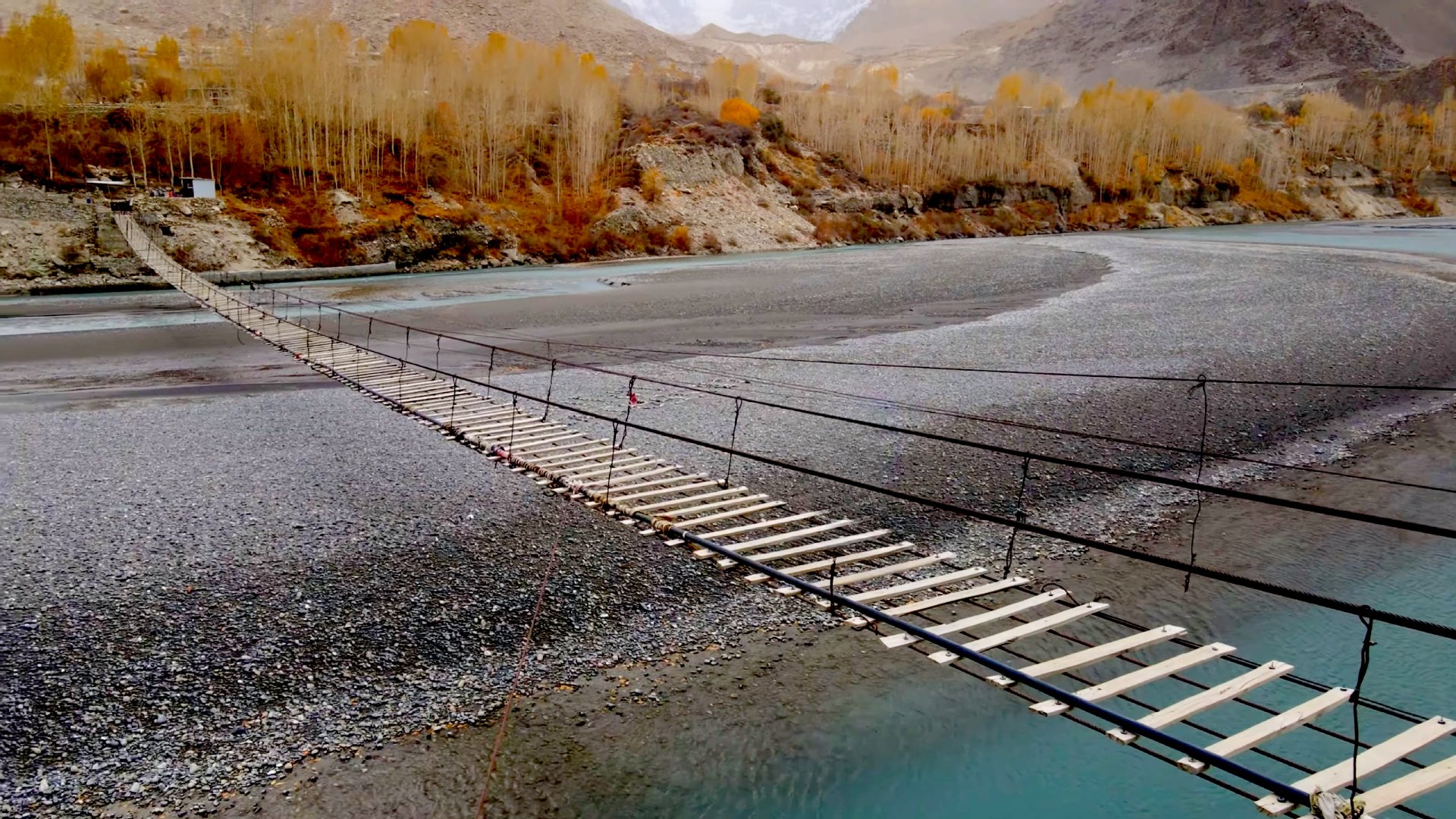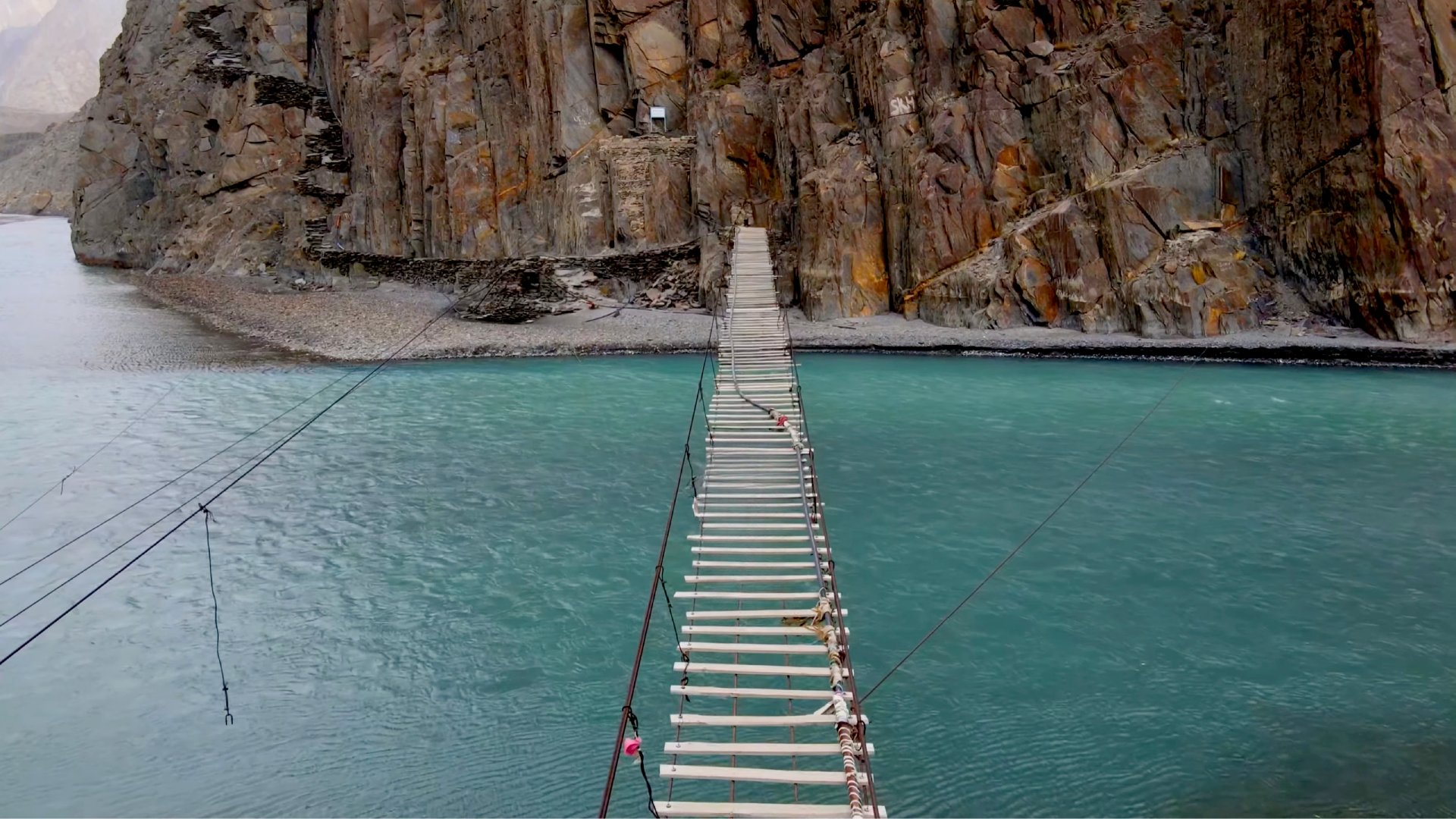Hussaini Suspension Bridge





Gilgit Baltistan -> Hunza -> Gojal
00:00 - 23:59
August, December, January, July, November, October, September
Muhammad Ibrahim
Attraction Type
Description
Hussaini Suspension Bridge, spanning the Hunza River in Upper Hunza, is one of the world’s most dangerous bridges, stretching 660 feet (194 meters) with 472 wooden planks spaced widely apart, hanging 50-100 feet above the raging river. Built by locals in 1968 after a flood destroyed an earlier bridge, it connects Hussaini village to Zarabad hamlet, serving as a vital lifeline for agricultural transport while attracting thrill-seekers for its precarious design and stunning Karakoram backdrop. Known for its swaying cables, missing planks, and lack of safety measures, it’s a test of courage, though recent maintenance has improved stability. Environmental concerns like littering and over-tourism threaten its pristine setting, but the bridge’s raw engineering and views of Passu Cones make it a must-visit for adventurers.

What To Do
- Crossing the bridge for an adrenaline-pumping experience with views of Passu Cones
- Riding the zip line (PKR 2,000) for a thrilling return from Zarabad to Hussaini
- Photography of the bridge, Hunza River, and Karakoram Range
- Hiking to Zarabad hamlet via a rocky pathway for cultural exploration
- Visiting nearby Attabad Lake for boating or Borith Lake for bird-watching
- Trekking to Passu Suspension Bridge (3 km) for a longer, more challenging crossing
- Shopping for handicrafts and dried fruits in Hussaini or Gulmit markets
- Picnicking near the river with views of the surrounding peaks
- Observing local Wakhi and Burushaski communities’ daily life
- Writing memories on notes at a local shop, a unique community tradition
What To Buy


Best Season to visit
August
December
January
July
November
October
September
Spring (April - June)
- Spring offers mild temperatures (5-15°C), blooming orchards, and clear skies, ideal for crossing the bridge and photography. Snowmelt may make the path slippery, so wear sturdy shoes and check weather conditions.
Summer (July - August)
- Summer brings warm weather (15-25°C) and stable conditions, perfect for adventure seekers. It’s peak season with more tourists, but strong winds can make the bridge sway; avoid crossing during gusts.
Autumn (September - October)
- Autumn provides cool temperatures (5-15°C), vibrant foliage, and fewer crowds, making it the best time for a scenic and safe crossing. The stable weather enhances views of Passu Cones.
Winter (November - March)
- Winter is cold (-10 to 5°C) with snowfall, making the bridge slippery and sometimes inaccessible. Only recommended for experienced adventurers with proper gear, as icy planks increase risks.









